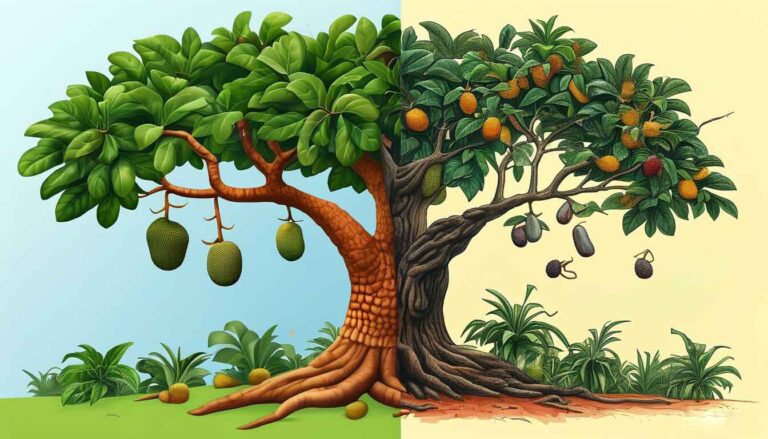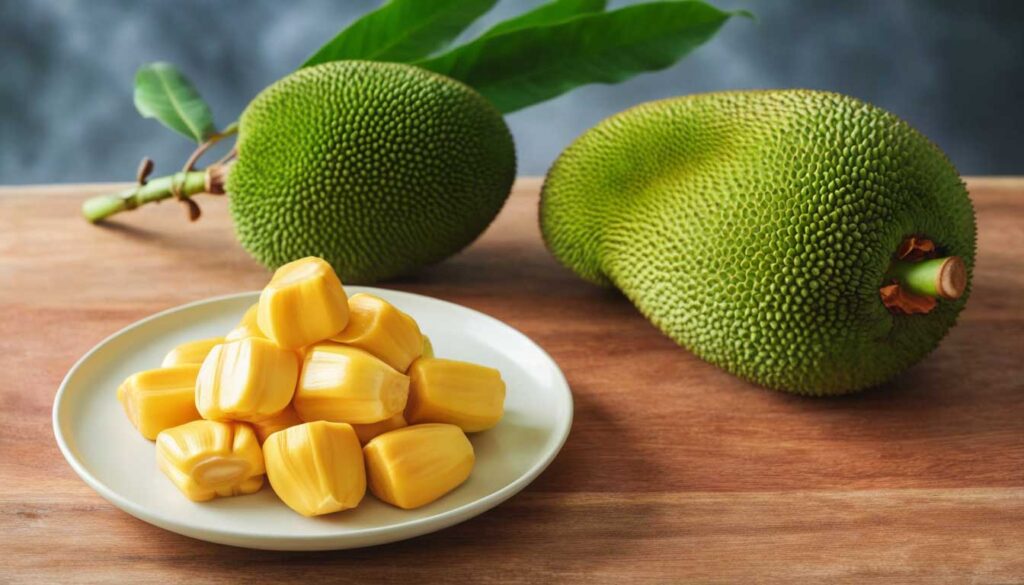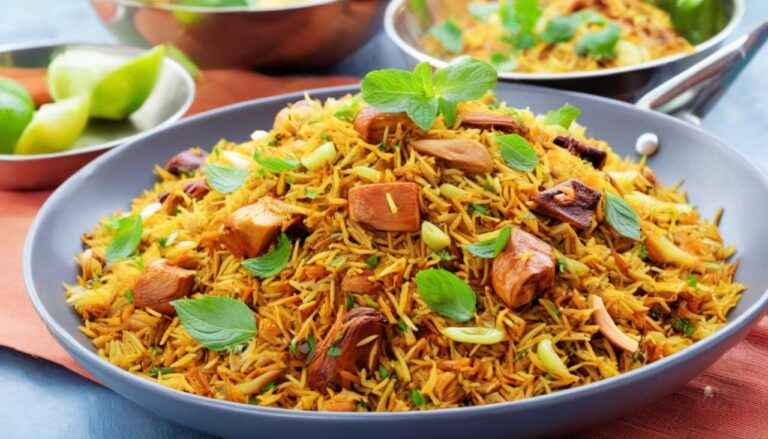Jackfruit Tree Indoor Care Guide: How to Grow Jackfruit Indoors in the U.S.
Thinking of growing a tropical jackfruit tree indoors? You’re not alone. With its massive fruits, unique flavor, and bold green foliage, the jackfruit tree is becoming a favorite among plant lovers and home gardeners alike. While traditionally grown in the hot, humid climates of South Asia, it’s totally possible to raise a dwarf jackfruit tree indoors—with the right care.
Whether you’re aiming to grow your jackfruit from seed or you’ve picked up a young plant from a nursery, this jackfruit tree indoor care guide will walk you through everything you need to know, step by step.
Can You Grow Jackfruit Indoors?
Yes, you can grow jackfruit indoors—especially the dwarf varieties that are more manageable for container gardening. Regular jackfruit trees can reach up to 70 feet tall, but dwarf types are compact and perfect for indoor or greenhouse environments.
The key? Giving it the right temperature, humidity, sunlight, and care year-round.
-
Growing Jackfruit Indoors: The Basics
To start, choose a dwarf jackfruit tree variety like ‘Black Gold’ or ‘Gold Nugget’. These are smaller, easier to manage, and still produce delicious fruit.

Best Indoor Conditions:
- Light: At least 6–8 hours of direct sunlight per day. Place your plant near a south-facing window or use grow lights in darker areas.
- Temperature: Jackfruit trees thrive in 70°F to 90°F. This makes them perfect for warm indoor environments or greenhouses.
- Humidity: Aim for 50–60% humidity indoors. Use a humidifier or place a tray of water nearby to maintain moisture in the air.
-
Choosing the Right Pot and Soil
Jackfruit trees don’t like “wet feet,” so you’ll need well-draining soil and a pot with good drainage holes.
Tips:
- Use a large container (15–20 gallons minimum) as your tree grows.
- Potting mix: Combine loamy soil, compost, and a bit of sand for drainage.
- Add organic fertilizers or compost every spring and fall for nutrient support.
- Watering and Fertilizing
Watering:
- Keep the soil moist, but not soggy.
- Water when the top inch of soil feels dry. Reduce watering slightly in winter.
Fertilizing:
- Use a slow-release fertilizer twice a year, or apply liquid fertilizer every 4–6 weeks during the growing season.
- For organic options, use compost tea, fish emulsion, or seaweed extract.
-
How Long Does It Take for a Jackfruit Tree to Bear Fruit from Seed?
If you’re growing jackfruit from seed indoors, be patient. It takes about 6 to 8 years for a seed-grown jackfruit tree to bear fruit. However, if you buy a grafted dwarf variety, you could see fruit in as little as 3 years.
Pro tip: For quicker results, buy a healthy grafted sapling from a nursery instead of starting from seed.
-
How to Germinate Jackfruit Seeds Indoors
If you’re set on starting from seed, here’s how:
- Use fresh seeds—plant within a month of harvesting.
- Soak them overnight in water.
- Plant in moist soil, about 1 inch deep.
- Keep in a warm, sunny spot (70–80°F).
- Sprouting takes 1–3 weeks.
- Once the seedling has at least 4 leaves, transplant it into a larger pot.
- Indoor Jackfruit Tree Pruning and Maintenance
Pruning helps keep your jackfruit tree small and healthy indoors.
- Prune in late winter or right after harvesting.
- Remove dead, damaged, or overly long branches.
- Encourage side growth rather than vertical growth for better fruiting indoors.
-
Common Indoor Growing Issues
Yellow Leaves or Wilting?
- Check for overwatering or poor drainage.
- Make sure your tree is getting enough light.
No Fruit?
- Jackfruit trees need time to mature.
- Indoor trees may need hand pollination using a small brush to transfer pollen between flowers.
Pest Watch:
- Indoors, pests are rare but keep an eye out for mealybugs or scale insects. Neem oil or insecticidal soap works well.
Bonus: Indoor Jackfruit Tree Hacks for U.S. Growers
- Use a mini greenhouse or grow tent in colder regions.
- Mist your tree during dry months to maintain humidity.
- Rotate your pot every few weeks for even sunlight exposure.
Final Thoughts: Growing Jackfruit at Home is Totally Doable
With this jackfruit tree indoor care guide, you now have the tools to grow this tropical superfruit inside your home—no tropical forest required! Whether you’re growing from seed or starting with a dwarf tree, indoor jackfruit cultivation is both fun and rewarding.
Jackfruit growing indoors may take some patience, but the results are worth it. You’ll enjoy not only the unique look of this tropical tree in your home but also its sweet, banana-pineapple-flavored fruit down the line.


















